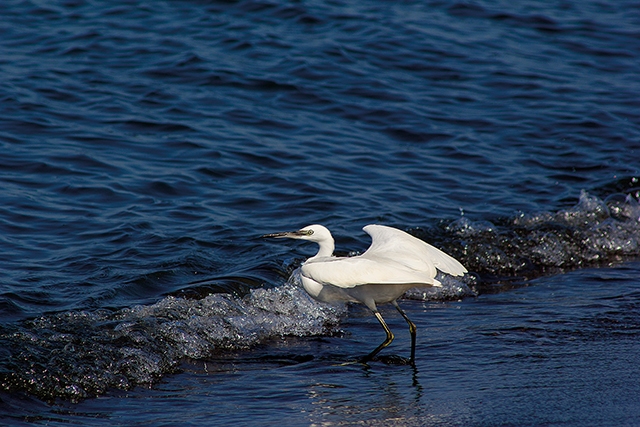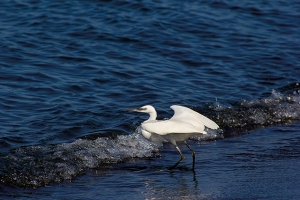Flora, Fauna Great & Small: Guria
BLOG
I missed recounting some of the wildlife encounters, both animal and vegetable, which we had on our August camping shakedown, during which my wife demonstrated the same admirable enthusiasm for camping which runs in my family.
Our wonderful wooded camping spot near Ureki did have one major floral drawback, in the form of truly monstrous little thorns which grow between the trees and the beach. They are reminiscent of the virtually two-dimensional “paper thorns” of my southern African childhood, but in a 3D version. Tiny, it detaches itself from its parent stalk at the lightest touch, and fastens onto one’s shoe or skin, where its spiky form, reminding one of the lethal Medieval weapon, the Morningstar, causes pain quite out of proportion to its size. I don’t know what its technical name is, but I would happily call it Morningstar from Hell, and consign it there.
We were serenaded by crickets and/or grasshoppers seeking mates at night, once their predator birds had retired, but not loudly enough to dispel sleep. The cicadas were out too, any time of the day or night, but also not close enough to be a nuisance. Their ridiculously long-lived larval form is famous for emerging from the ground for a few weeks’ loud mating calls, egg-laying and death… only in year intervals of 1, 2, 3, 5, 7, 11, 13 or 17. Does that number sequence ring a bell? Yes, the cicada’s adult arrival happens only in PRIME NUMBER year counts. Apparently to confuse would-be predators’ sense of any regularity. To me, one of the most mysterious facts of nature: an insect counting the primes.
On the beach, herons stalked seafood at the water’s edge, while I stalked them with my long lens. But there was more, much more, to come just up the road: the new Dendrological Park, set up by Mr Ivanishvili for the public good. Here, trees from all over (hence the park’s name, referring to them) have been assembled to flourish together, all designated by their Latin names, but alas not by the equivalents in English. Some photos show how large their root balls were, how much effort was involved in digging them up and transporting them here.
Birds too, these named in English: macaws and parrots, ibises, pelicans, Canada geese and even some crowned cranes from Africa. Either caged or in a large though still netted-over area with its own lake. While I delighted as a photographer at the chance to capture such specimens through the lens, I was also sobered by their being in captivity instead of free. It’s quite a dichotomy, this pair of feelings: wonder at their beauty but sadness that they must be enclosed from freedom in order for us to see them. I did take photos, but the images will always be tainted by the circumstances.
The park is free for entry this year; that may change in future, but for the moment thousands of people have been taking advantage, as did we. It was so close to where we were staying that to miss seeing it for the first time, even in order just to form an opinion firsthand, would have felt wrong. So we went. I will always be in balance against the caging of animals, though.
Georgia itself has so many endemic species of flora and fauna that seeing only what is native to the country is also a feast for the senses, although given the diversity of climates here, one would have to travel quite far to see most of them. Some are vanishingly rare or shy anyway: I have seen bear skins in Svaneti, heard of encounters with them, but never seen the animal itself with my own eyes. The same with the wolves which occasionally hunt the local pigs or calves. I have, however, seen the buzzards which sometimes take (or simply kill and leave) our free-range chickens. I have neither a rifle nor the license to use one, but my neighbors do, and insist on shooting at the raptors given any chance. Such is the reality up here. Freedom for an animal might not mean long life anyway. “Nature red in tooth and claw” indeed, including us!
Tony Hanmer has lived in Georgia since 1999, in Svaneti since 2007, and been a weekly writer and photographer for GT since early 2011. He runs the “Svaneti Renaissance” Facebook group, now with nearly 2000 members, at www.facebook.com/groups/SvanetiRenaissance/
He and his wife also run their own guest house in Etseri: www.facebook.com/hanmer.house.svaneti
By Tony Hanmer












